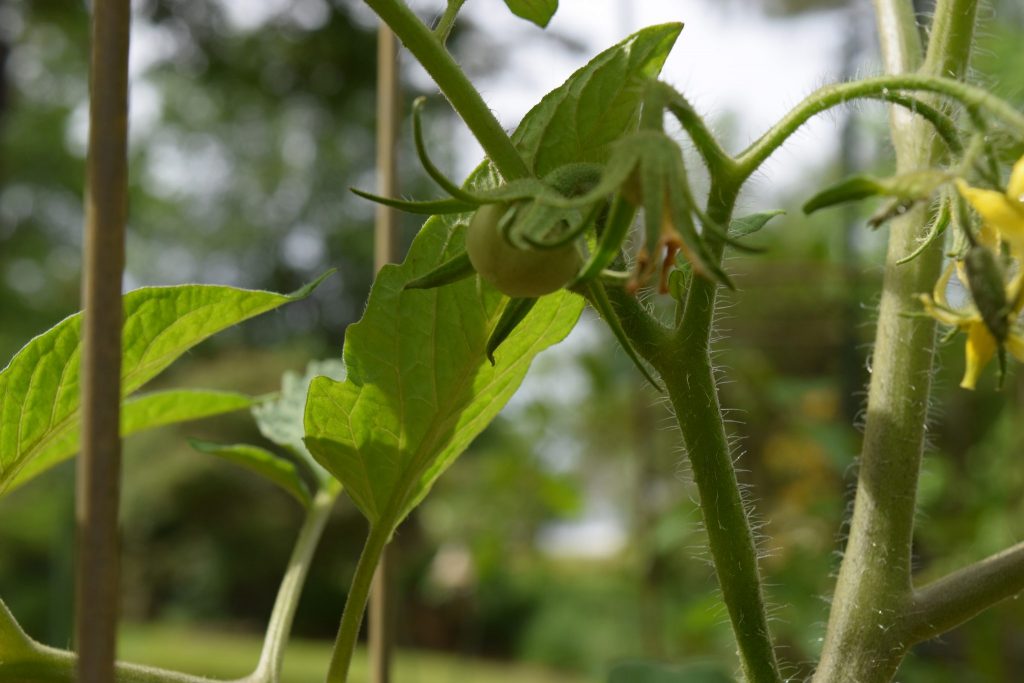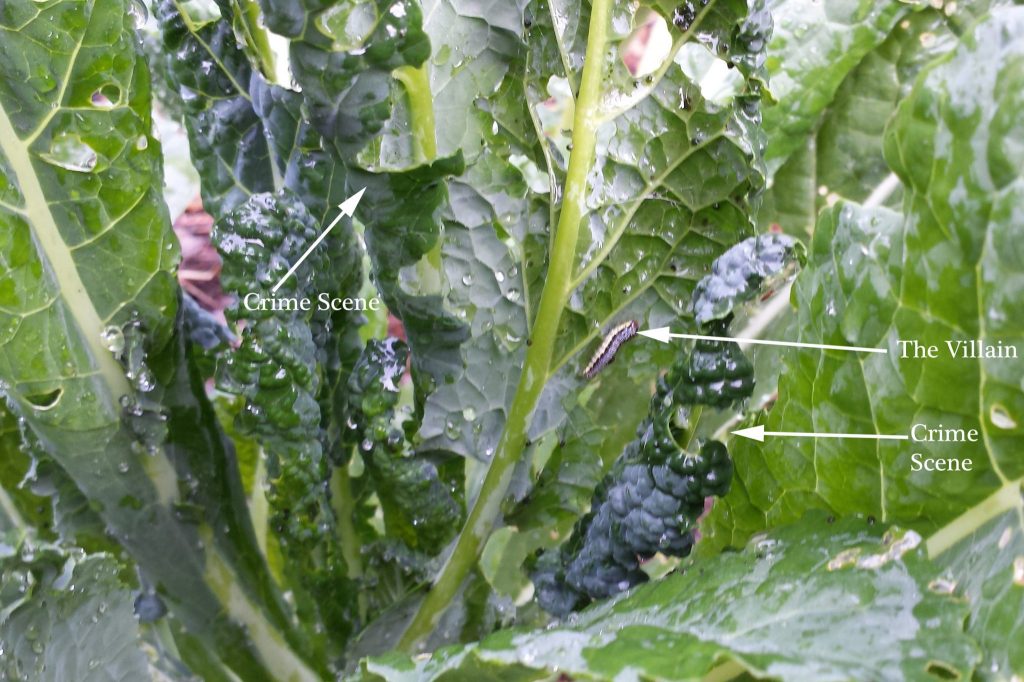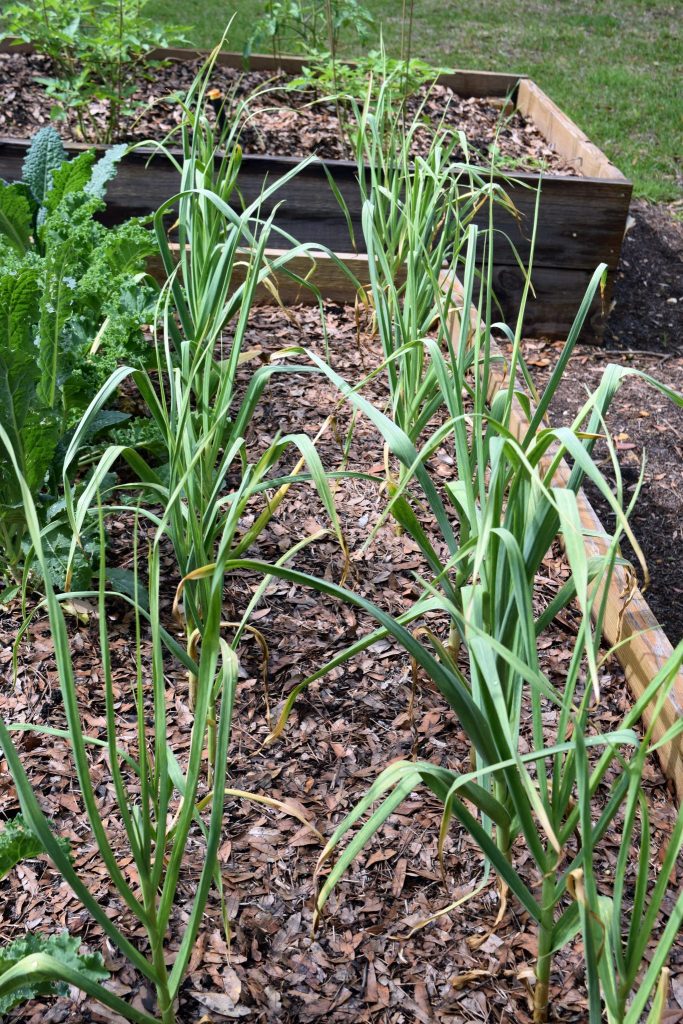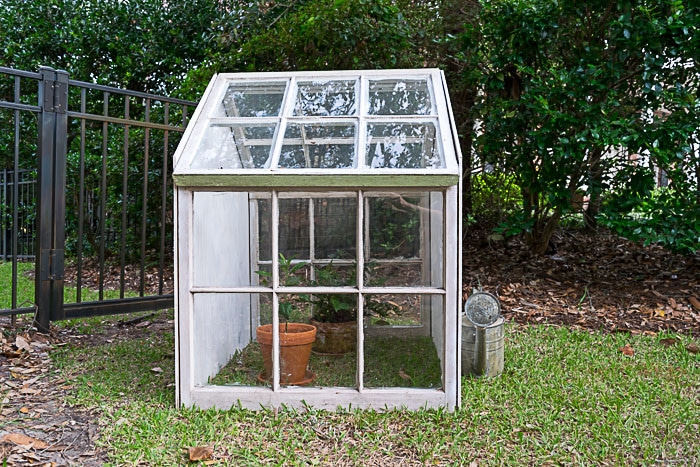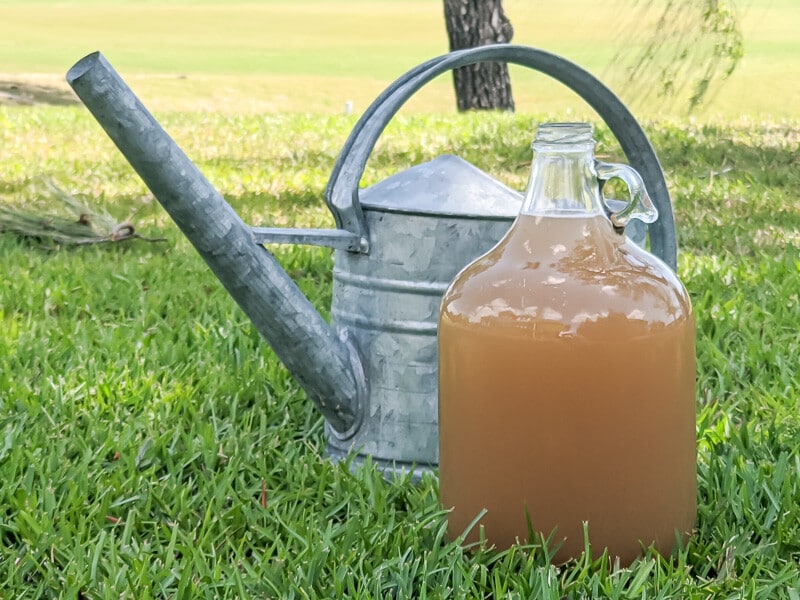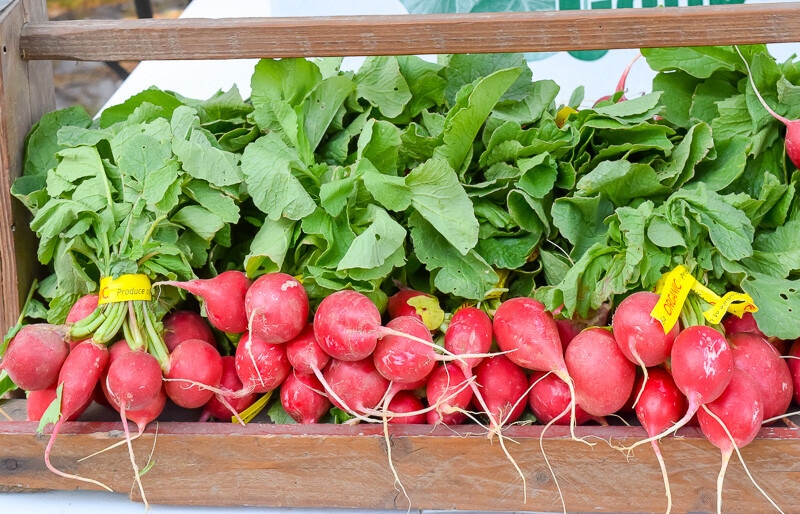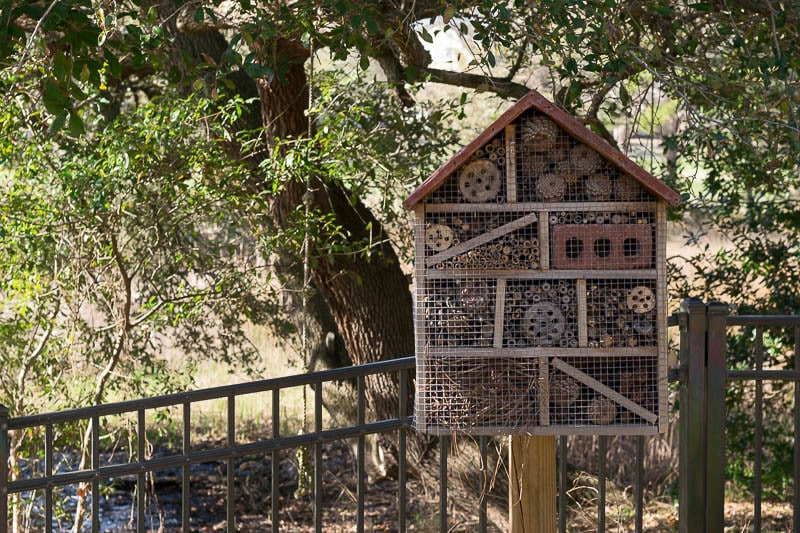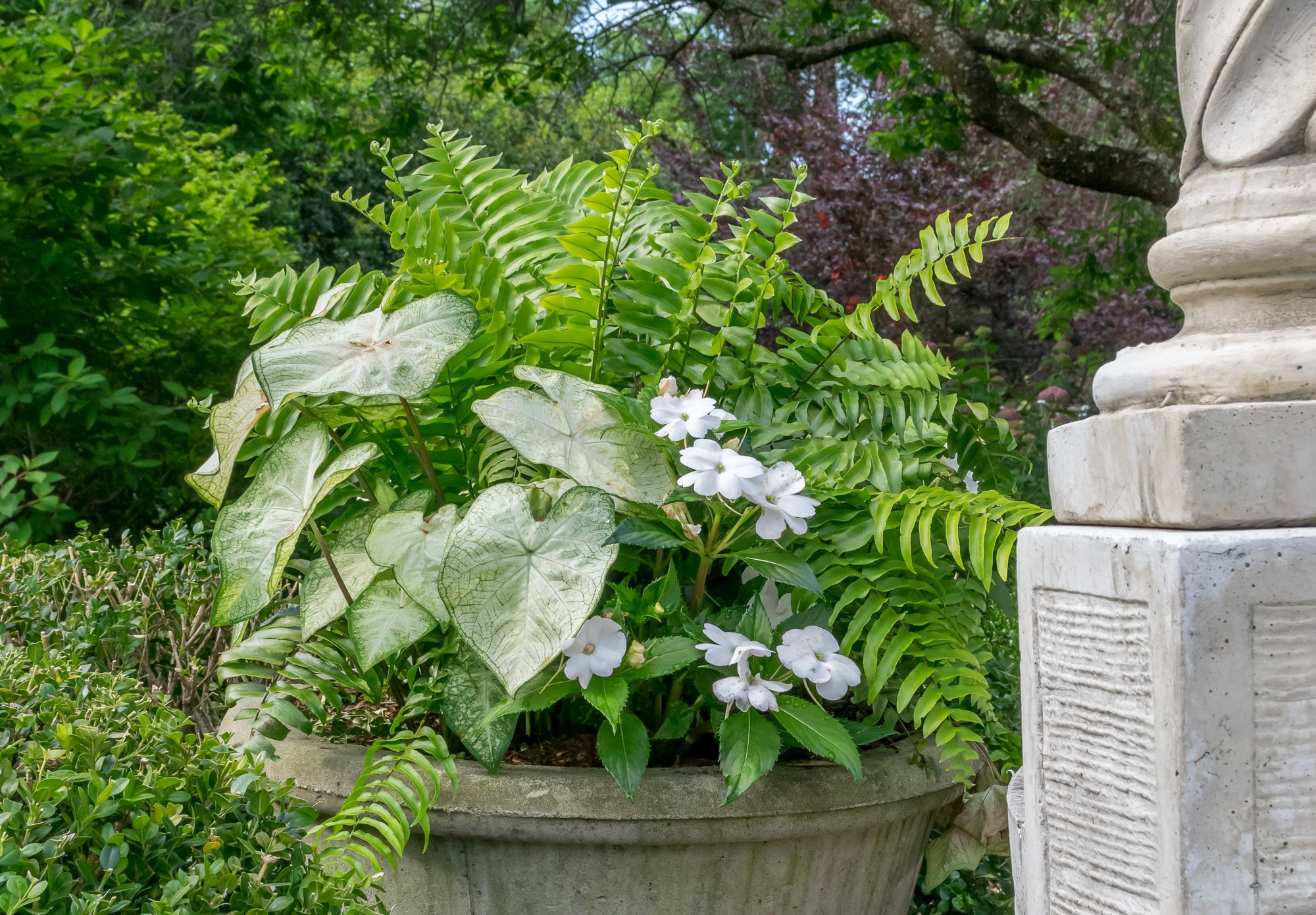Organic Vegetable Garden Diary, May 6, 2015
My husband built our raised beds so that we could start our organic vegetable garden 5 years ago and we’ve never looked back. I’m not going to sugar coat it though…organic gardening can be a very frustrating endeavor at times.
You watch a tomato start from a flower. It slowly gets bigger and bigger, and then it starts to slowly change its color from green to yellowish, to orange and finally to that beautiful deep tomato red. You watch that tomato daily, waiting for the optimal time to pick it, its a day by day thing. You think to yourself, “one more day and this tomato will be perfect for my lunch…just a sprinkling of salt on a sun-warmed tomato…oh my!” So you head to your garden on ‘the day’, look at your tomato and sink to the ground in utter sadness! In the time between your decision to wait one more day and today, it seems a Mockingbird was waiting for the perfect time to feast on your tomato and beat you to the punch! OR Your zucchinis are flowering and producing zucchini one day and then the next, the plant begins to wilt and die! You’re the victim of the dreaded Squash Vine Borer (man I hate those things!) You had so many plans for your bumper crop of zucchini! I mean, you’ve heard the stories of gardeners leaving bags of zucchini on their neighbors’ doors overnight just to get rid of them and you barely got 2 before your whole crop bit the dust. OR You head to your garden this morning to pick some Kale, only to find it looking like lace thanks to a bunch of green caterpillars.
Every gardener knows these frustrations. But when you do beat the birds to THAT PERFECT TOMATO, all your frustrations are soon forgotten.
We garden for one main reason: nothing beats feeding your family from your garden. And to that end, having an organic vegetable garden is a non-negotiable to us. Our garden has always been organic; from purchasing un-treated wood and organic soil when we first began to only using natural and/or organic fertilizers and other treatments on a regular basis. We keep a compost bin and regularly amend our soil with the composted matter. I’ve even purchased earthworms to further amend our soil.
This morning I was in the garden pulling caterpillars, most likely cabbage loopers, off of my kale. This summer we’ll be on the lookout for Tomato Hornworms (now that’s an ugly beast!) I can pull the critters off of the plants, but have a hard time ‘disposing’ of them. This is where its handy to have a non-squeamish gardening partner. I always opt for the least invasive treatment, which in this case, is pulling them off by hand. However, for more serious infestations, there is an organic product, Bacillus thuringiensis (BT), which is a naturally occurring bacterial disease of insects. It reacts with their gut lining, causing their demise in several hours. Safer’s Caterpillar Killer contains BT, as does DIPEL.
One of the guiding principals of organic vegetable gardening is being proactive versus reactive. Here are some ways to be a Proactive Organic Gardener:
- Start with good, healthy soil. You can get your soil tested at most County Extension Services. This service is free through my extension service. Other soil tests are also available. I had my soil tested earlier this year through my organic gardening store, Progressive Gardens, which did cost me $80. Both reports detailed mineral and element components in my soil, but that’s where the similarity ends. The Extension Service report is a very clinical report with very little guidance, especially for the casual organic gardener. I was a business major, not a chemist, so I need to get the layman’s version of what my soil needs. The report from Progressive Gardens detailed the organic or ‘living’ component of my soil and put the analysis and detailed recommendations in a language I can understand. Further, I was able to chat with the owner of the store, Evan, both via email and in-person with any questions I had. This whole process is available y mail if you don’t live in this area. I wish there was an easy way for me to show you the difference between the 2 reports, but I can’t seem to figure that out. If you’re interested in seeing the report I received from Progressive Gardens, drop me an email and I’ll gladly share it with you.
Healthy soil grows healthy plants which then can fend off diseases easier.
- Rotate your plants and space them apart according to the recommendations for each plant. Proper spacing will help avoid certain diseases and enable your plants to derive the proper nutrition from their soil.
- Keep your garden clean by pulling weeds and removing dead or dying leaves. We keep our plants trimmed so that no leaves are on the ground.
- Check your garden daily for caterpillars, insects, and eggs. The eggs are usually on the underside of the leaves. Once again, if you can remove them manually, that’s by far the preferred method. Most of the organic insect controls claim to be less toxic to bees, but if you can avoid that risk altogether, so much the better.
- Mulch helps keep weeds down, keeps the soil moist and cool and eventually composts to amend the soil
- Preventative treatments as necessary. We live in the humid southeast and are prone to fungal infections and diseases on our tomatoes and cucumbers. In the past, I applied Serenade Garden on a regular basis. Serenade provides protection against a broad spectrum of the most common fungal and bacterial garden diseases, yet is completely non-toxic to bees and beneficial insects. I’m going to try to avoid preventative treatments this year as I’m hoping that my soil is in a good place. I’ll keep you posted.
My garden this year contains the following:
Winter Crops still producing:
Lettuce
Garlic
Kale
Snow Peas
Summer Crops:
Zucchini
Tomatoes (Roma, Sun Gold, and Black Prince)
Eggplant
Small Bell Peppers
Jalapeno Peppers
Cucumbers
Lettuce (fingers crossed…depends on the heat and how well my cucumber trellis works giving them a break from the heat)
Green Beans will be planted when the Garlic and Kale vacate their space.
Any other suggestions for proactively managing your Organic Garden? I’d love to hear them.
Right now, subscribers to Nourish and Nestle will receive a free, downloadable Measuring Equivalents Chart overlaid on a watercolor lemon. You can see it here. Sign up to our email list (on my right sidebar) and we’ll send it to your inbox within 24 hours! If you are already a subscriber and would like a lemon measuring equivalents chart, send us an email with ‘lemon chart’ in the subject line and we’ll send you one too!
Please come visit again. The easiest and most convenient way is to sign up on our email list and whenever there is anything new, we’ll send Nourish and Nestle updates directly to your inbox.
Until next time,

